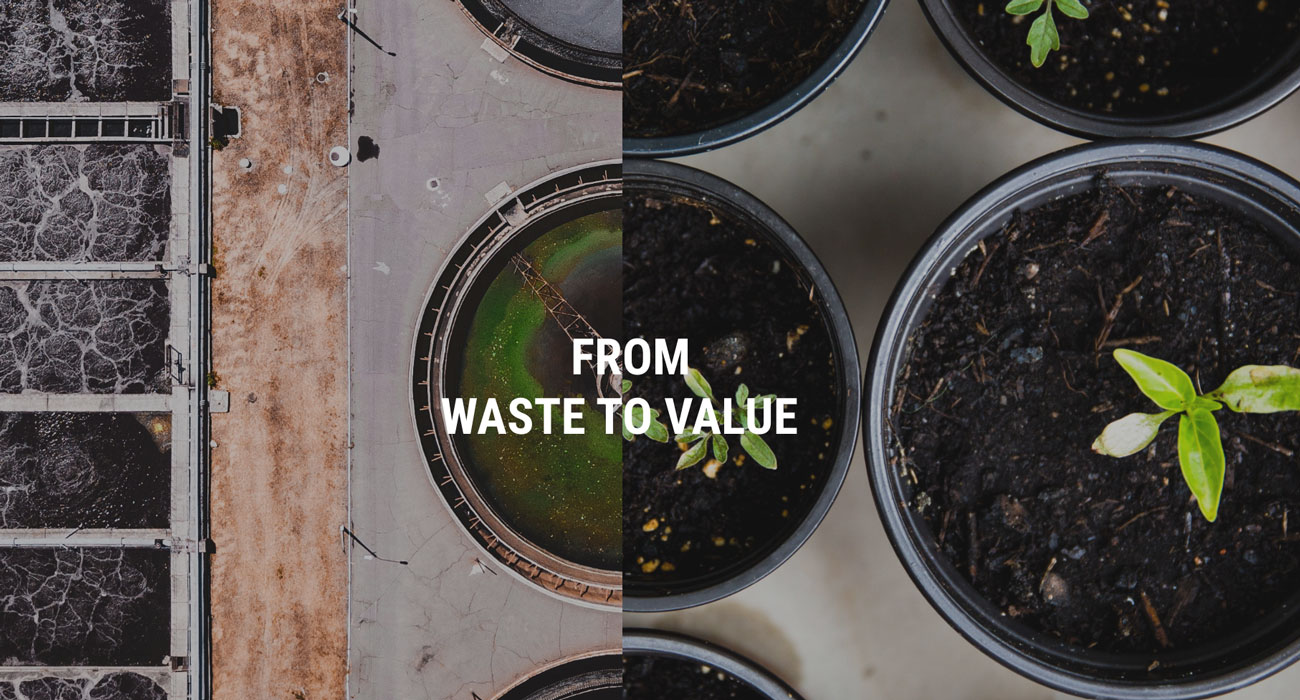Introduction
In the labyrinth of industrial processes, the term “pyrolysis” emerges as a beacon of hope, offering a sustainable solution to the mounting challenge of hazardous waste disposal. As industries grapple with the consequences of their operations on the environment, the adoption of pyrolysis technology represents a pivotal step towards responsible waste management.
Understanding Pyrolysis Technology
Pyrolysis Process Explained
At its essence, pyrolysis is a thermal desorption process that transforms organic materials at elevated temperatures in the absence of oxygen. This intricate dance of heat induces a chemical metamorphosis, breaking down complex substances into simpler compounds, releasing valuable by-products.
Types of Pyrolysis
-
Slow Pyrolysis Slow and deliberate, this method involves a gradual heating process, preserving the integrity of the end products. It is particularly suitable for certain biomass materials, offering control over the composition of resulting by-products.
-
Fast Pyrolysis Swift and intense, fast pyrolysis operates at higher temperatures, ensuring rapid decomposition of feedstock. This process yields a higher proportion of liquid products, including bio-oil, making it an attractive option for certain industrial applications.
-
Intermediate Pyrolysis Striking a balance between speed and control, intermediate pyrolysis operates at moderate temperatures. It finds its niche in the conversion of waste into biochar, bio-oil, and syngas.
Pyrolysis in Hazardous Waste Management
Transformative Potential
-
Conversion of Waste into Valuable Resources Pyrolysis’s ability to break down complex waste materials presents a transformative solution. From plastics to industrial residues, this process can convert hazardous waste into valuable resources, diminishing the burden on landfills.
-
Mitigation of Environmental Impact By diverting hazardous materials from traditional disposal methods, pyrolysis reduces the environmental footprint of industrial activities. The transformation of waste into reusable products aligns with sustainability goals, offering a path to greener operations.

Environmental and Economic Benefits
Reduction of Greenhouse Gas Emissions
- Carbon Sequestration Pyrolysis contributes to carbon sequestration by locking carbon in biochar, a stable carbon-rich material. This not only aids in waste management but also helps offset greenhouse gas emissions, addressing climate change concerns.
Economic Viability
- Resource Recovery and Monetization Beyond its environmental merits, pyrolysis offers economic incentives. Recovering valuable resources from waste, such as bio-oil and syngas, provides industries with opportunities for monetization, creating a circular economy model.
Challenges and Regulatory Landscape
Technological Hurdles
- Temperature and Pressure Optimization Achieving optimal conditions for pyrolysis remains a challenge. Balancing temperature and pressure is crucial for maximizing efficiency and ensuring a controlled transformation process. A safe oil sludge pyrolysis plant is critical.
Compliance with Environmental Standards
- Stringent Regulations and Compliance Imperatives Pyrolysis facilities must navigate a complex regulatory landscape. Adherence to environmental standards is imperative, necessitating robust monitoring systems and stringent operational protocols.
Case Studies and Success Stories
Real-world Applications
- Illustrative Examples of Pyrolysis Implementation Examining successful applications of pyrolysis across diverse industries provides insights into its efficacy. Case studies showcase the versatility of this technology in handling various types of hazardous waste.
Lessons Learned
- Insights from Successful Hazardous Waste Recycling Projects Extracting lessons from the pioneers of pyrolysis implementation reveals key strategies for overcoming challenges. Understanding the nuances of successful projects informs future endeavors in hazardous waste recycling.
In conclusion, as industries grapple with the imperative of sustainable practices, pyrolysis stands as a beacon of innovation in hazardous waste recycling. Its transformative potential, coupled with environmental and economic benefits, positions pyrolysis as a crucial player in the journey towards responsible industrial practices. While challenges persist, the amalgamation of technology, regulation, and real-world success stories paints a promising picture for the future of hazardous waste management.


Comments
No comments yet. Be the first to react!